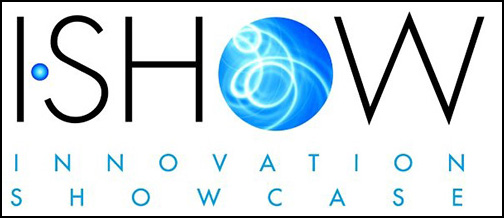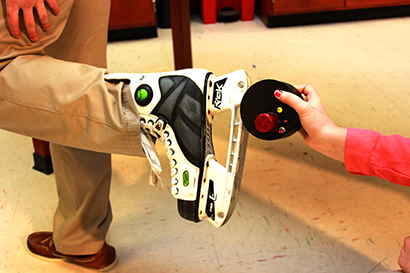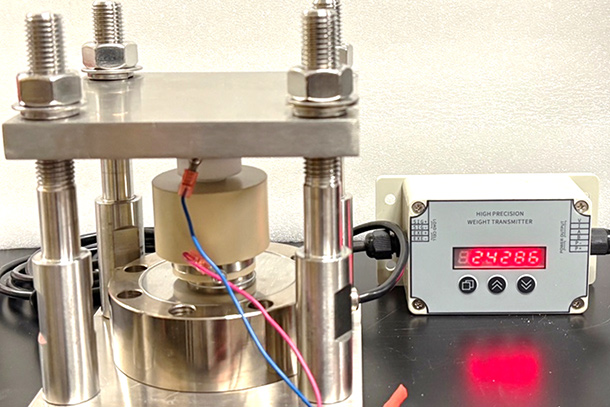Semi-Finalists Selected for the 2014 IShow
Semi-Finalists Selected for the 2014 IShow

Ten collegiate teams — including two from Johns Hopkins University — will compete for top prizes next month at the 2014 ASME Innovation Showcase (ASME IShow). Now in its eighth year, the IShow is an annual competition that spotlights the engineering designs, presentations and entrepreneurial skills of undergraduate and graduate students who represent tomorrow’s business leaders and innovators.
Inspiring students to be product innovators and entrepreneurs, the ASME IShow provides top collegiate teams with valuable industry recognition as well as an opportunity to compete for access to $50,000 in seed funds to further develop their products. This year’s IShow, which is supported by the ASME Foundation, will be held on April 28 at the Newseum in Washington, D.C.
During the event, the 10 teams must demonstrate to a panel of judges — consisting of successful innovators, industry experts and intellectual property specialists — that they have a sustainable business model for an innovation that is both unique and practical for the environment for which it was designed.

Two teams will represent Johns Hopkins University in the competition. One team, the startup medical device company White Light Medical, will present its entry “AccuSpine,” a low-cost, smart probe for the accurate placement of pedicle screws in spinal fusion surgeries. A second Johns Hopkins team has entered “Proscia,” a cloud-based cancer prognostics system that offers efficient, precise and quantified answers for patients who have been diagnosed with cancer.
Also competing at the ASME IShow will be Columbia University’s “Pedal2Power,” a pedal-based cell phone charger for families in developing countries; George Washington University’s “EcoPetro,” an apparatus that attaches to underground gas storage units and liquefies and converts volatile organic compounds (VOCs) into useable oil; the University of Hawaii’s “SmarTummy,” a novel abdominal training manikin that mimics the look, sound and feel of a number of abdominal ailments using a proprietary technology and user-friendly computer interface; and Rice University’s “BilliQuant,” a two-component approach to determine bilirubin concentration that harnesses optics and microfluidics to enable the low-cost and accurate diagnosis of jaundice.
The four remaining schools selected to compete are the University of Massachusetts, Lowell, with “Nonspec,” an economical, mass-producible prosthetic limb for developing nations; the University of Michigan with “New Aegis,” a patent-pending smart-padding foam composite for football helmets that is intended to prevent concussions by reducing the magnitude of impact forces and diminishing the resulting shockwave; the University of Virginia with “The Otter Belt,” a novel inflatable personal floatation device for recreational boaters that provides high maneuverability and comfort while being visual unobtrusive when not in use; and Western New England University with “The Agile Edge,” an inexpensive motorized ice skate sharpener, powered using a rechargeable battery, that can be carried in a small sports bag.
The team selected as the overall winner by the panel of judges will receive $25,000 to help develop its product for market. The second- and third-place teams will receive $15,000 and $10,000, respectively.
For details on registering to attend the 2014 ASME IShow, or for more information on the event, visit the www.asme.org/events/competitions/asme-ishow or contact Patti Jo Snyder at snyderp@asme.org.




